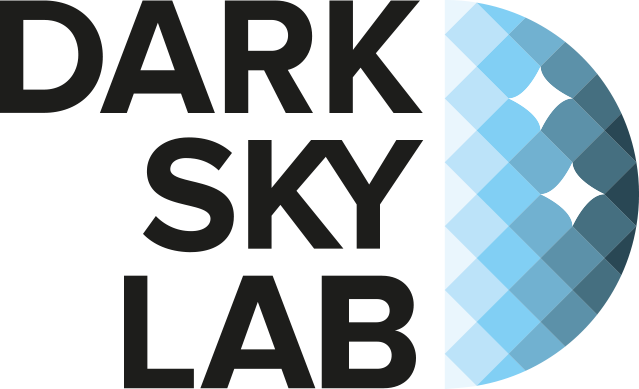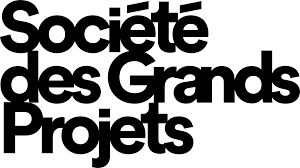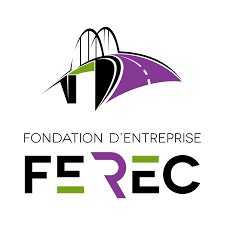The OptiBioNum project (2025) seeks to guide building and infrastructure designers in optimizing the capacity of their structures to support biodiversity. It is based on the creation of standardized ecological indicators and their integration into professional 3D digital modeling tools (BIM and GIS). This approach enables detailed evaluation of design scenarios from the early stages of a project.
To support the growing consideration of biodiversity in the design and adaptation of territories, cities, and their infrastructures, it is necessary to compare different project variants or projects themselves (Moulherat et al., 2022; Seiler et al., 2022). Although various labels have been developed to address this need, they struggle to effectively assess the ecological continuity of the spaces involved (Catalano et al., 2021).
In continuity with the BioBIM project (Moulherat et al., 2019), OptiBioNum aims to develop tools that enable precise evaluation of buildings' or infrastructures' capacity to support biodiversity, optimizing environmental quality from the earliest stages of project planning and design.
The work is organized into three major components. The first focuses on using digital simulations to develop indicators related to the functioning of ecological networks. Numerical simulations offer the opportunity to produce standardized evaluations that can be applied early in project design, whether for new developments or retrofits of existing spaces (Catalano et al., 2021; Djema, 2022). Additionally, they facilitate scenario planning for project variants to enable standardized comparison (Moulherat, 2017).
Since 2022, TerrOïko has been conducting exploratory research to develop such indicators on a national scale, enabling objective comparison of biodiversity support performance across municipalities or districts. OptiBioNum will refine and adjust these indicators so they can be applied to buildings or linear transportation infrastructures.
The second component of the project aims to integrate these indicators into hybrid digital models combining GIS (ecological networks defined at a large scale) and BIM (3D elements of built structures modeled at a fine scale) (Moulherat et al., 2022). In this regard, OptiBioNum will leverage TerrOïko's open-source platform, the Ecological Engineering Studio (EES), which already offers functionalities for representing and manipulating GIS and BIM objects in the same workspace.
The third and final component will involve creating a demonstrator for stations and/or technical centers of the Grand Paris Express (GPE) transportation network. Different BIM model variants will be used to simulate various development scenarios (green spaces, plaza layouts, lighting systems, etc.). Ecological indicators will then be automatically calculated and integrated into each model.
OptiBioNum is the winner of the 2024 call for projects by the FEREC Foundation.
Support and partners
 |
 |  |

Identity card :
- Call for Research : 2024 Call for Projects
- Funding Source : FEREC Foundation
- Acronym : OptiBioNum
- Full Title : Optimization of Buildings' and Structures' Capacity to Support Biodiversity through the Use of Standardized Ecological Indicators Embedded in Digital Models
- Keywords : Ecological Indicators, Ecological Modeling, BIM, Infrastructure, Digital Modeling
- Coordinator (Name and Organization): Sylvain Moulherat (TerrOïko)
- Other Partner Organizations : Société des Grands Projets, DarkSkyLab
- Project Duration : 12 months